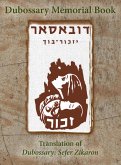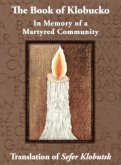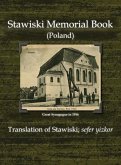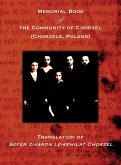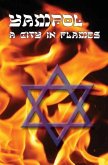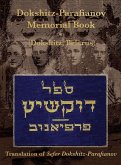Turka is a Ukrainian town situated on the left bank of the river Stryi. Jews first came to Turka in the 1800s. The first synagogue, Jewish cemetery and the Jewish old age home were built in 1730. In 1903, Turka began to flourish when a railway line connected the city with Lwow and with Budapest, and the Austrian government authorized the founding of an official Jewish community. Business expanded, especially the lumber business. Jews owned the sawmills, had licenses to sell liquor. Others worked at various trades - tailoring, shoemaking, barbering, clock making, and lock smithing. Many of the physicians and lawyers in Turka were Jews. Yiddish theatre came to Turka and interest was sparked in cultural events, sports events, and political events. Some Jews were Zionists, some were Hassids, some were socialists, and some were assimilationists. After the Great War, Galicia reverted to Poland, the city had been plundered by the Russian army; many Jews had left, and all Jewish property had been destroyed. There were Ukrainian revolts and Jewish pogroms. Nevertheless, after the War, there were approximately 6,000 inhabitants in Turka, 41% of whom were Jewish. Another 7,000 Jews lived in the surrounding villages. The Jewish population managed to rebuild. Just prior to World War II, 10,000 people lived in Turka; half were Jewish. The catastrophe began when the Germans turned against the Soviet Union in June 1941 and Turka was captured by the Wehrmacht. The Jews of Turka were massacred, or starved to death, or sent to the Sambir ghetto and, hence, to the crematoria. There are no Jews left in Turka today. This book serves as a memorial to the Jewish community of Turka. It should be if interest to researchers and descendants of the town. Turka, Ukraine is located at: 49°09' North Latitude and 23°02' East Longitude Alternate names for the town are: Turka [Polish, Ukrainian], Turka al nehar Stry [Hebrew], Turka and Stryjem Nearby Jewish Communities: Melnychne 2 miles S, Nyzhnya Yablun'ka 4 miles SW Borynya 6 miles SSW, Sokoliki, Poland 8 miles WSW Yabluniv 8 miles SSE, Sianky 11 miles SSW, D¿winiacz Górny, Poland 11 miles W, Tarnawa Ni¿na, Poland 11 miles W, Limna 11 miles NW, Strelki 13 miles N, Bitlya 13 miles SSW, Uzhok 14 miles SSW, Dovhe 14 miles E, Volosyanka 15 miles SW, Skhidnitsya 15 miles ENE, Podbuzh 16 miles NE, Lutowiska, Poland 17 miles WNW, Tykhyy 18 miles SSW, Smozhe 19 miles SSE, Stavnoye 19 miles WSW, Boryslav 20 miles ENE, Staryy Sambor 20 miles N, Bukovets 20 miles SSW, Lyuta 21 miles SW, Orov 23 miles E, Truskavets 23 miles ENE, Stara Sil' 23 miles N, Skole 23 miles ESE, Verkhneye Sinevidnoye 25 miles E, Drohobych 25 miles ENE, Stebnik 26 miles ENE, Sambir 26 miles NNE, Skelevka 27 miles N, Nyzhni Vorota 27 miles S, Sil' 27 miles WSW, Kröcienko, Poland 27 miles NW, Lavochnoye 28 miles SSE, Khyriv 28 miles NNW, Verkhni Vorota 28 miles S, Chornoholova 28 miles SW, Ustrzyki Dolne, Poland 28 miles NW, Uli¿ské Krivé, Slovakia 29 miles WSW, Uli¿, Slovakia 30 miles WSW, Husne Wyzne 7 miles SSW, Husne Nizne 7 miles SSW
Hinweis: Dieser Artikel kann nur an eine deutsche Lieferadresse ausgeliefert werden.
Hinweis: Dieser Artikel kann nur an eine deutsche Lieferadresse ausgeliefert werden.


